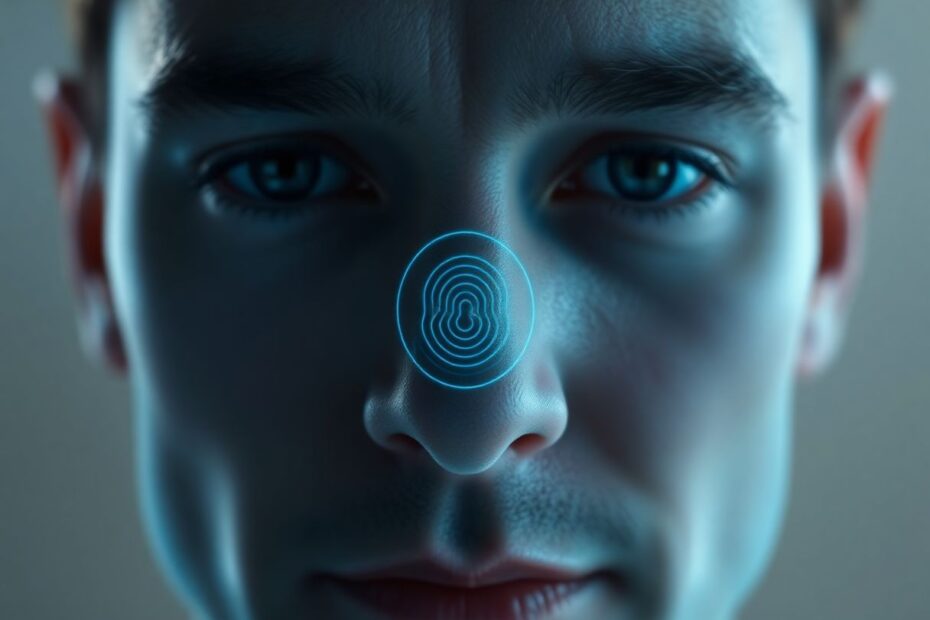Face ID has revolutionized the way we interact with our iPhones, offering a seamless and secure method of authentication. However, after an iOS update, some users may encounter issues with this feature. This comprehensive guide aims to explore the reasons behind Face ID malfunctions and provide detailed solutions to get it working again.
Understanding Face ID Technology
Before delving into troubleshooting, it's crucial to understand how Face ID works. The system uses Apple's TrueDepth camera system, which projects and analyzes over 30,000 invisible dots to create a precise depth map of your face. This sophisticated technology combines an infrared camera, flood illuminator, and dot projector to capture and process facial data securely.
Common Causes of Face ID Failures Post-Update
Several factors can contribute to Face ID issues following an iOS update:
- Software glitches: Sometimes, the update process itself can introduce bugs that affect Face ID functionality.
- Sensor obstructions: Dirt, debris, or screen protectors can interfere with the TrueDepth camera system.
- Hardware conflicts: In rare cases, the update might cause conflicts with the device's hardware components.
- User error: Improper usage or incorrect settings can lead to authentication failures.
Comprehensive Troubleshooting Steps
1. Verify Face ID Setup
First, ensure that Face ID is properly configured on your device. Navigate to Settings > Face ID & Passcode and check if the feature is enabled. If it's not set up, follow the on-screen instructions to create a new Face ID profile.
2. Optimize Face ID Scanning Conditions
For optimal performance, hold your iPhone 10-20 inches (25-50 cm) from your face and ensure proper lighting conditions. Avoid extreme brightness or darkness, as these can affect the infrared camera's ability to capture facial features accurately.
3. Clean the TrueDepth Camera System
Use a soft, lint-free cloth to gently clean the area around the front-facing camera and sensors. Be particularly careful around the notch area, which houses the delicate TrueDepth components.
4. Toggle Face ID Settings
Sometimes, simply turning Face ID off and on can resolve issues. Go to Settings > Face ID & Passcode, disable "iPhone Unlock," restart your device, and then re-enable the feature.
5. Update to the Latest iOS Version
Apple frequently releases software updates that address known issues. Ensure your iPhone is running the latest version of iOS by going to Settings > General > Software Update.
6. Reset Face ID
If problems persist, consider resetting Face ID entirely. Go to Settings > Face ID & Passcode > Reset Face ID, then set it up again from scratch. This process creates a new facial map, which can often resolve recognition issues.
7. Advanced Troubleshooting
For more stubborn problems, try these advanced steps:
- Disable "Require Attention for Face ID" in Settings > Face ID & Passcode. Note that this slightly reduces security.
- Set up an alternative appearance in Face ID settings, which can improve recognition for users who frequently change their look.
- Perform a "Reset All Settings" operation, which restores default settings without erasing data.
Understanding Face ID's Limitations
It's important to recognize that Face ID, while advanced, has certain limitations. For instance, it may struggle in extremely bright sunlight or when wearing certain types of sunglasses. Additionally, significant changes to one's appearance, such as growing a beard or undergoing facial surgery, may require reconfiguring Face ID.
The Impact of iOS Updates on Biometric Systems
iOS updates can sometimes affect the performance of biometric systems like Face ID due to changes in the underlying algorithms or security protocols. Apple continually refines these systems to improve security and accuracy, but occasionally, these changes can lead to temporary disruptions for some users.
Face ID vs. Touch ID: A Brief Comparison
For those considering alternatives, it's worth noting that older iPhone models use Touch ID, a fingerprint recognition system. While Face ID is generally considered more secure and convenient, Touch ID can be faster in certain situations and works regardless of facial coverings.
Future of Facial Recognition Technology
As facial recognition technology continues to evolve, we can expect even more sophisticated systems in future iPhone models. Rumored improvements include wider angle face detection for easier unlocking when the phone is placed on a desk and potentially even underwater facial recognition capabilities.
When to Seek Professional Help
If none of the above solutions work, it's possible that your device may have a hardware issue. In such cases, it's best to contact Apple Support or visit an Apple Store or Authorized Service Provider for professional diagnosis and repair.
Conclusion
Face ID is a powerful and convenient feature, but like any technology, it can sometimes encounter issues, especially after major software updates. By following this comprehensive guide, most users should be able to resolve Face ID problems and get back to enjoying the seamless authentication experience it provides. Remember, if you continue to face difficulties, don't hesitate to seek expert assistance to ensure your device is functioning optimally.
